Are We Loving the Most Popular Destinations To Death?
We all love to travel, but in a world of mass tourism, are we in danger of doing more harm than good by treading the same paths, again and again? World Nomads digs deeper.
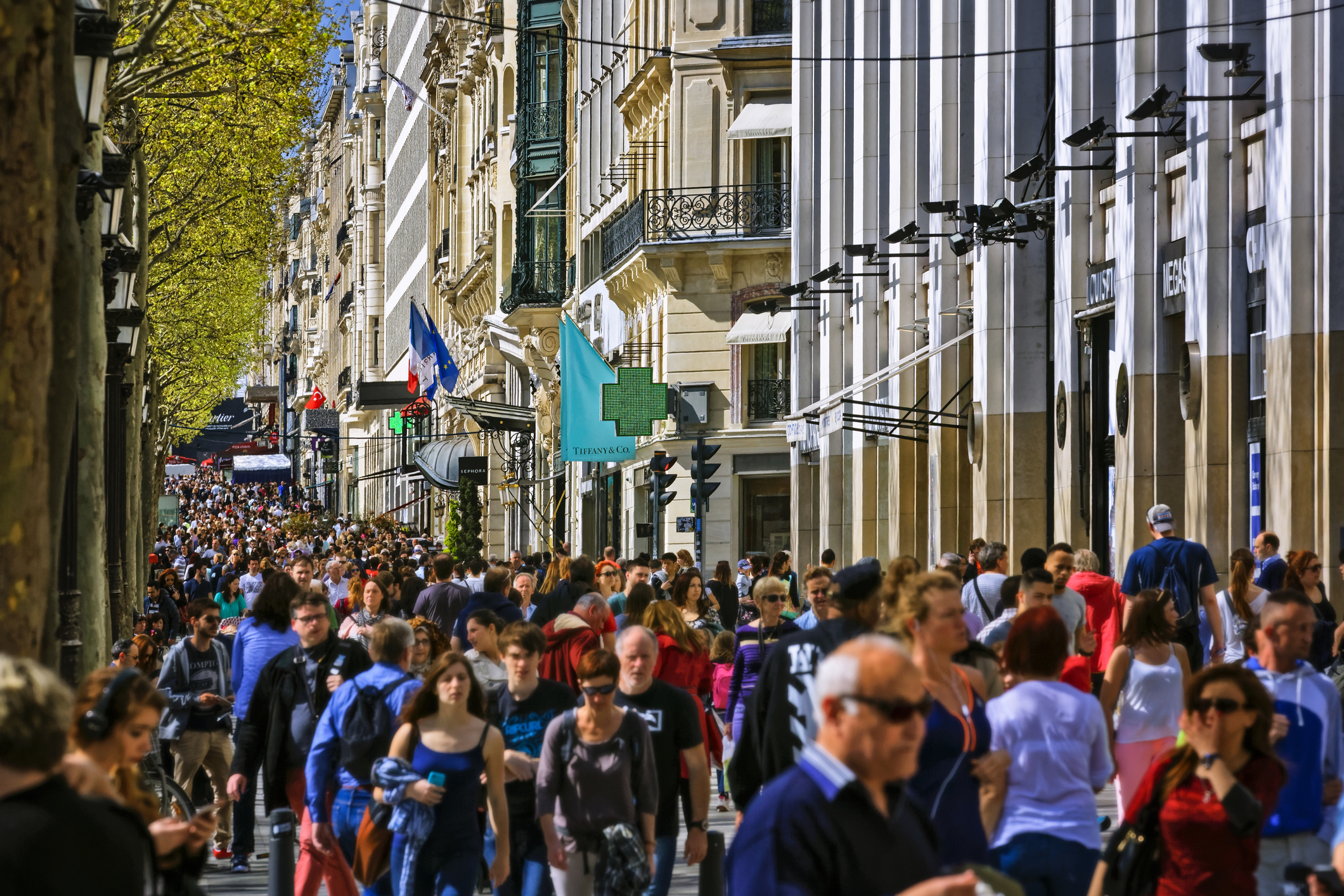 Photo © Getty Images / Bruno De Hogues
Photo © Getty Images / Bruno De Hogues
- What’s Happening and Where?
- What’s Causing the Growth?
- The Major Reason We’re Loving Places to Death
- So What Can We Do About It?
During the northern hemisphere summer of 2017, there was a new phenomenon in travel; destinations pulling the welcome mat out from under the feet of visitors, and telling tourists to “go home!” The reason? The locals felt the destinations were being crushed under the weight of visitor numbers.
And their protests are not unreasonable. Travel and tourism are booming and contributed US$7.6 trillion to the global economy in 2016. In that year, there were 1.2 billion visitor arrivals, and by 2030 that number is expected to rise to 1.8 billion.
So, are we in danger of loving places to death? We asked some of our travel industry partners what they think of this dilemma.
“The story isn’t new, but we wrestle with it every time. A relatively small group of people “discover” a relatively unknown place, that’s so fun and beautiful and seemingly rare, that they do what any likable human would do – they talk about it. How can you not share the joy? But, things can get out of hand quickly, too, and it’s a pretty slippery slope. The more people talk, the more the media
Tim Neville, travel writer
What’s happening and where?
A number of destinations have reacted to this increase in tourist numbers by changing laws or taking other action to limit arrivals. Here are just a few of the changes in laws that were passed in the last few years.
- Santorini limited cruise ship passenger visits to 8,000 a day, after a peak of 10,000 a day in 2017.
- After Dubrovnik experienced visitor numbers of more than 10,000 a day, UNESCO warned it might remove the city’s heritage listing, and has asked officials to set daily limits of 8,000 visitors.
- After Norwegian authorities rescued 34 climbers who had fallen while climbing the Fjordland rock formations Pulpit Rock and Trolls Tongue, the Norwegian Tourist Board wants to ban climbing the edifices altogether.
- Venice has limited the number of cruise ship arrivals amid predictions that the native population of Venice could drop to zero in a few years as visitor demand is turning the place into a giant AirBnB dormitory.
- Koh Tachai, a Thai island off the coast of Phuket, has been closed to tourists because it was being damaged by travelers.
- America’s national parks are in gridlock. Utah’s Zion National Park had four million visitors in 2017. The US National Parks Service is considering increasing park fees by 180 per cent to deter visitors.
- In 2015, Barcelona put a freeze on further tourist development in the city. Amsterdam did the same in 2017, banning any new tourist operations in the old city.
What’s causing the growth?
It appears to be a number of factors creating a perfect storm; a few small ones and one great big fat one.
Among the minor contributing factors are:
The social media platform is very effective at capturing travel envy-inducing moments. The speed with which these images travel around the world is astonishing. Pretty soon, a place is on everyone’s ‘must-see’ list.
“Social media is ultimately a reflection of its users and has driven the sharing culture that dominates so many people’s travel experiences. On the positive side, social media has most likely contributed to the emergence of many lesser-known destinations over the past few years. It’s also fun, and there’s nothing wrong with dozens of travelers composing pictures of themselves bending perspectives at the Salar de Uyuni, or scrapping for a selfie with the Eiffel Tower. That said, you only have to see the hordes of people to see that social media can compound the pressure put on key sights. In essence, the message is the same: explore widely, see the whole destination, not just a handful of key sights. This is one important part of making each journey as good as it can be.”
Laura Hamilton, Lonely Planet
Bucket or wish Lists
The printed version of an Instagram post, with pretty much the same effect, wish lists are great fun to read and can get the travel juices flowing, but consider using them as inspiration rather than as a road map.
Airbnb
One of the biggest complaints locals make about over-tourism is that they can’t afford to live in their own towns anymore because everyone is renting out their homes on
It’s true that before the accommodation-share economy emerged visitor numbers were limited by the number of available beds in hotels.
Iceland, for example, with a population of 350,000, had two million visitors in 2017. That’s five times more than the available hotel beds – so speculators have been buying Reykjavik properties and turning them into
“Dubrovnik's Old City now has a permanent population of fewer than 1,000, and it risks becoming a theme park, a hollowed-out Disneyland on the Adriatic, inhabited by shuffling hordes of tourists, dribbling gelatos and shopping for Game of Thrones souvenir t-shirts.”
Michael Gebicki, Traveller.com.au
Popular culture
Whether
The incredibly popular and enthralling TV series Game of Thrones was shot in some amazing locations, and it has created a mini-boom in travel to those locations in Croatia, Ireland
Film
Casablanca – Morocco. There’s a replica Rick’s Café, for goodness sake!
Mamma Mia – Skiathos, Greece.
The Sound of Music – Salzburg, Austria.
The Beach – Koh Phi Phi, Thailand.
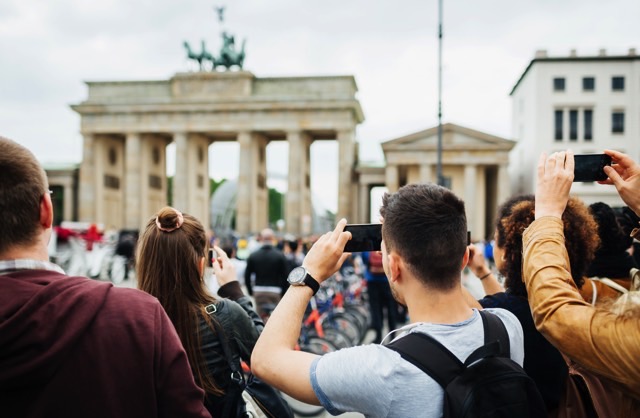
Books
Eat, Pray, Love – Bali.
Under The Tuscan Sun – Tuscany.
A Room With A View – Florence.
The Sun Also Rises – Pamplona.
“The cynics among us might suggest promises of swimming among abundant coral fish on your own deserted beach – "the one where they filmed The Beach" –
Cruise Ships
The Cruise Line International Association, which represented 60 cruise lines worldwide in its 2017 outlook, predicted the year would see just short of 26 million passengers traveling at sea.
By 2026, there will be 32 new ocean liners in service, adding an extra 250,000 passengers.
When a cruise ship pulls into port, there’s an immediate rush of visitors that swamp local infrastructure.
“The tiny medieval walled town of Kotor in Montenegro expects more than 450 cruise ship visits in 2017, the volume of cruise visitors is already causing overcrowding, and because cruise passengers have all-inclusive deals, they spend very little. Other resident guests now tend to avoid Kotor when three or more ships are docked. Residents are beginning to complain, not just about overcrowding but also lost tourism income! “
Jack Delf, www.montenegroholiday.com
The major reason we’re loving places to death
The major factor causing this tsunami of tourists is economic – the commercialization of travel as a consumer good – aka Big Tourism.
“The problem stems from the relative power of wealthy foreign investors and Big Tourism.
Big Tourism describes large international tour operators, that have a commodity business model, competing on low price, with low profit margins offset by high volumes of passengers.
Sadly, as long as governments measure success in tourist numbers alone, large, high-volume international tourism businesses will be welcomed.”
Jack Delf, montenegroholiday.com
So what can we do about it?
Are there any practical steps we can take as responsible travelers? How can we make sure we’re not making it worse?
“The days of travelers being able to just roll up to top-shelf attractions will soon be over.
Using a museum as an example: a pro-active establishment may study their floor-plan and determine an ideal maximum visit rate, and then ticket it accordingly. Tickets are sold in advance, with a small number made available every hour to walk-ins.
The rules that hold for a museum can equally be applied to a national park, beach, archaeological site, or even, in extreme cases, an entire destination. Is booking an admission ticket to Hoi An, for example, that absurd?”
Stuart McDonald, TravelFish.org
“If guests want to help minimize the harmful effects of travel, there are a number of steps they can take.
- Always book locally owned accommodation. (Reject Big Tourism)
- Avoid new developments and foreign-owned investment properties where possible.
- Use the internet to book activities and tours with local businesses rather than large international operators.
- Look for genuine travel activities which encourage profitable interaction with local communities, such as homestays, cooking classes, and craft making.
- Finally, and regrettably, guests should expect to pay more for unspoiled, off-the-beaten-path destinations in the future. There should always be budget options and budget destinations – plenty already exist – but, if we are to retain any genuine cultural and natural wonders, eventually prices will rise, if only for the last such places on the planet.”
Jack Delf, www.montenegroholiday.com
“Travelers can mitigate the impact they themselves are having by traveling in the off-season and even in off-peak hours. They can take a hard look at an attraction and ask themselves whether they really need to see it in person. Is visiting a viewpoint with 1,000 other people really an experience worth seeking out? What's your passion? How can the things you do when you travel intersect with who you are as a person? Don't be a traveler who just ticks things off lists.
“Consider traveling to alternative, or second-tier, destinations. If you have to see Angkor, see it, then pop over to less-visited Battambang; skip Bangkok's crowded temples and grab a bus to Thailand's northeast, where sitting by a river and eating fiery curries is its own reward.”
Stuart McDonald, Travelfish.org
“Trying to spend money with local businesses rather than international firms enclosed resorts helps to break down the barriers between visitors and local people. Making the effort to get off the beaten track is also crucial. Increasingly, travelers understand the importance of finding out for themselves, and the more of this that happen, the better decisions will be made and, at the same time, the better overall experience for visitor and host.”
Laura Hamilton, Lonely Planet
“Sustainability is key and it can be communicated in the language of dollars and cents. Countries and regions that are protected today will yield bigger tourism revenue down the road. Through education and real
Christian Wolters, Tour Radar.
“ Fortunately, there are a number of things that travelers themselves can do. It starts with knowledge – overcrowding in peak season is an issue for a lot of destinations, from Iceland to Barcelona. Know when peak season is – and avoid it. Your experience will be richer, and you can use that as an opportunity to support local businesses who suffer the challenge of extreme seasonal peaks and troughs. I feel strongly that we also need a shift in thinking. We simply cannot all experience every tourism hot spot – and that must be ok. The opportunity to discover someone else’s home is just that – an opportunity and not a right.”
Shannon Guigan, Bannikin
“My own town, Bend, in the Pacific Northwest of the US, is a lovely place with mountains, rivers and 25 breweries for 85,000 people. In summer, we have 20,000 hikers/bikers/rafters/anglers/runners on the ground on any given day. Everyone feels that pain.
Here’s the thing, though. Travelers aren’t to blame for this – not really. You can’t blame them for wanting to spend their precious time away from work in gorgeous, fun places. What matters is how the local community works to prioritize what’s most important to them, the residents, and for travelers to then assess how that dovetails with their own values. In my town, we know travelers are going to come and we want them but we also want them to try to act as much like locals as one could reasonably expect.
Bend has a pretty ingenious campaign going on to get the word out to visitors about how to act like locals, but plenty of places don’t. Even so, it’s pretty easy to act like a local anywhere you go. Watch. Ask. Behave. Mostly, it comes down to this: ask yourself if you would like to see travelers behave like you in your
Tim Neville, travel writer
Related articles
Simple and flexible travel insurance
You can buy at home or while traveling, and claim online from anywhere in the world. With 150+ adventure activities covered and 24/7 emergency assistance.
Get a quote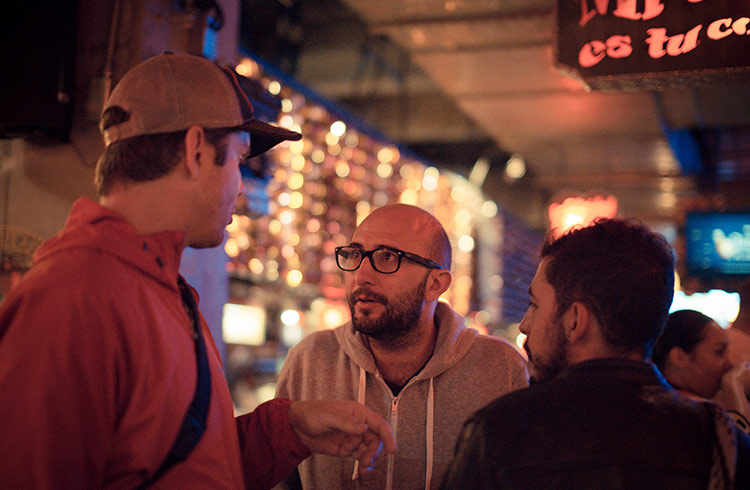
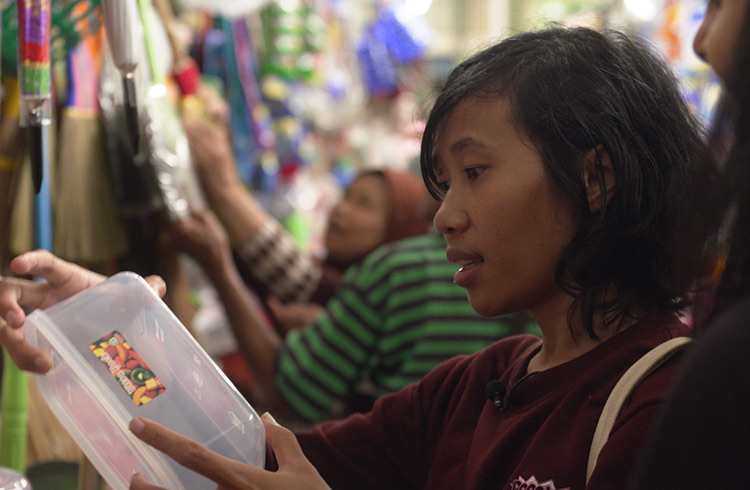
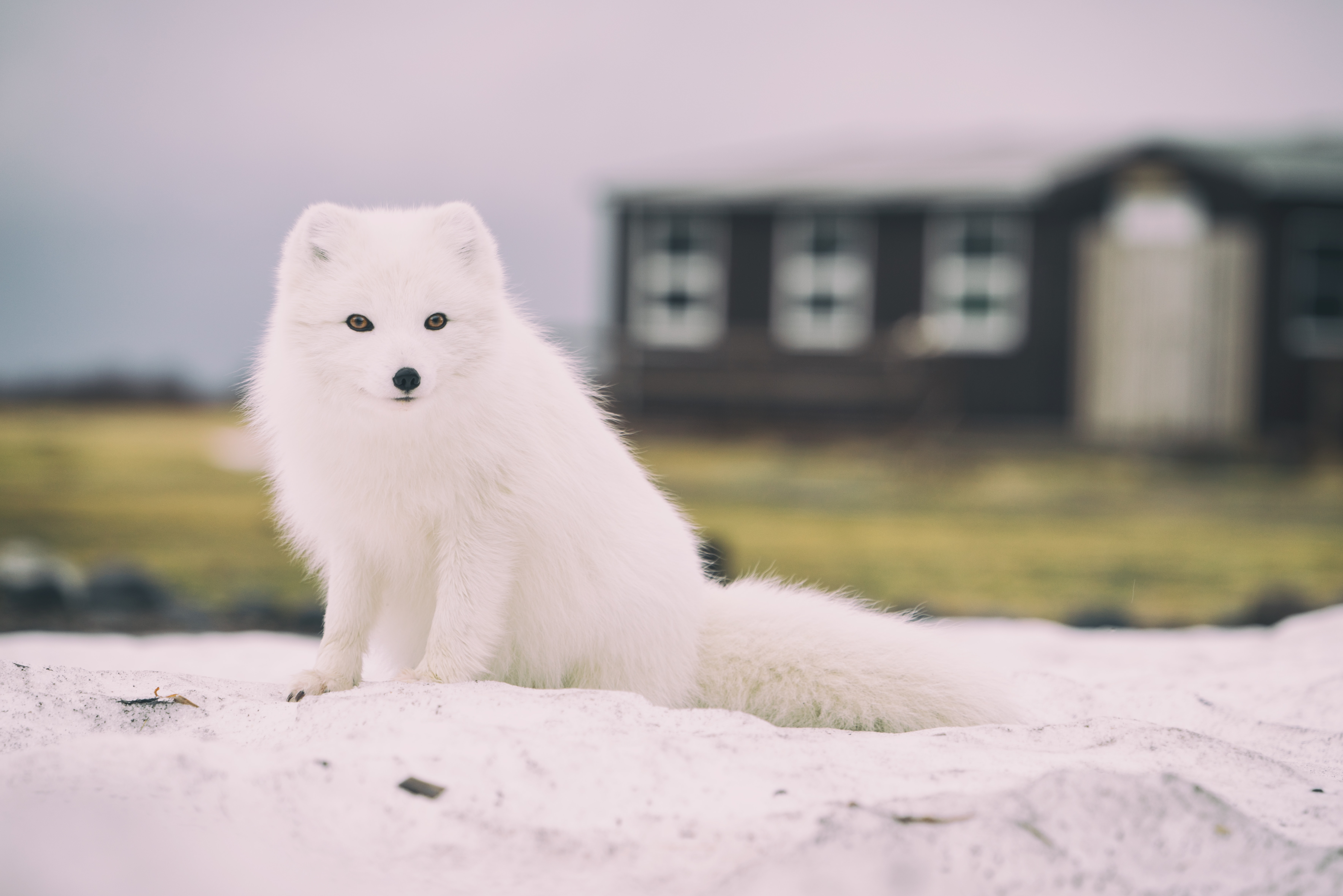
No Comments